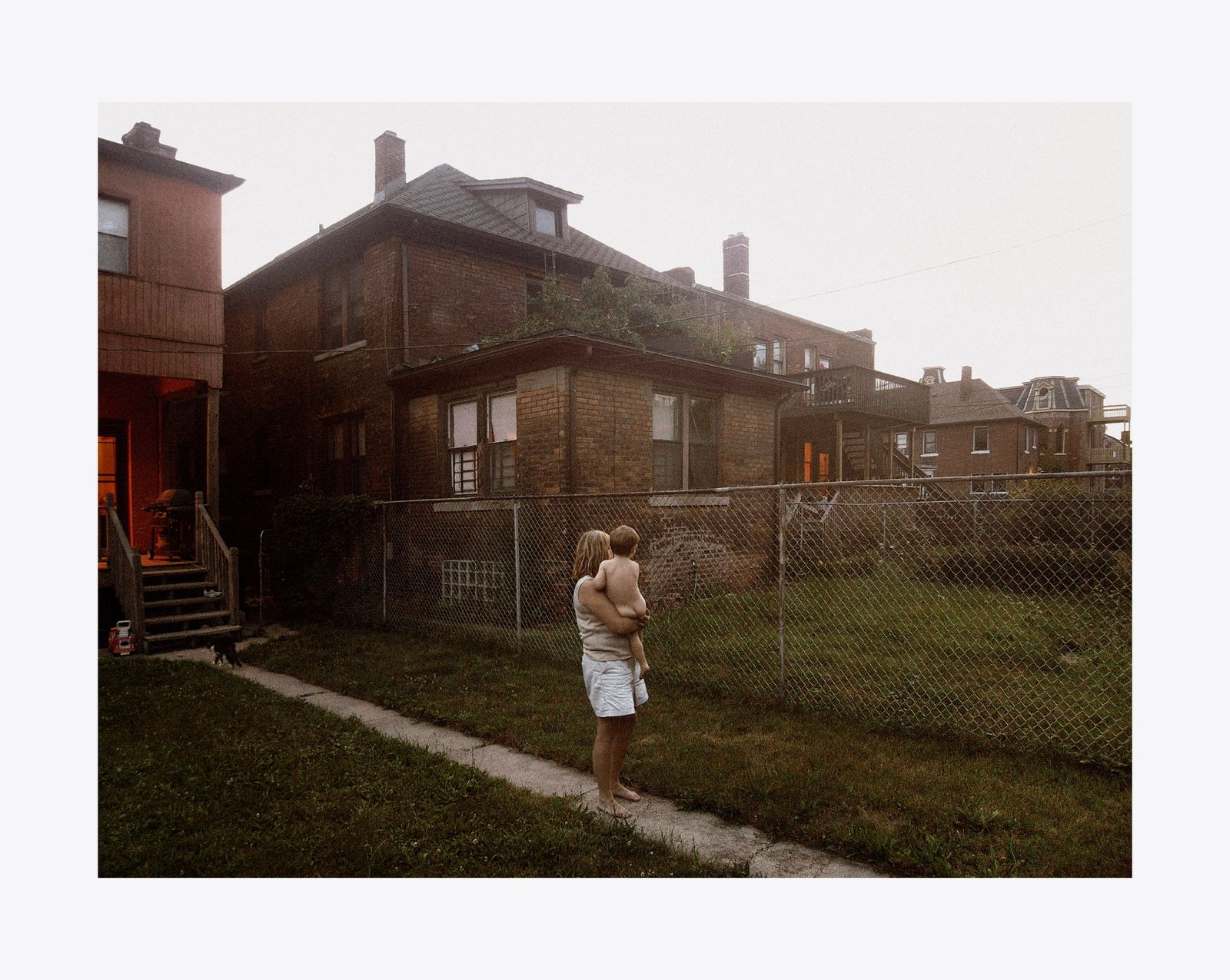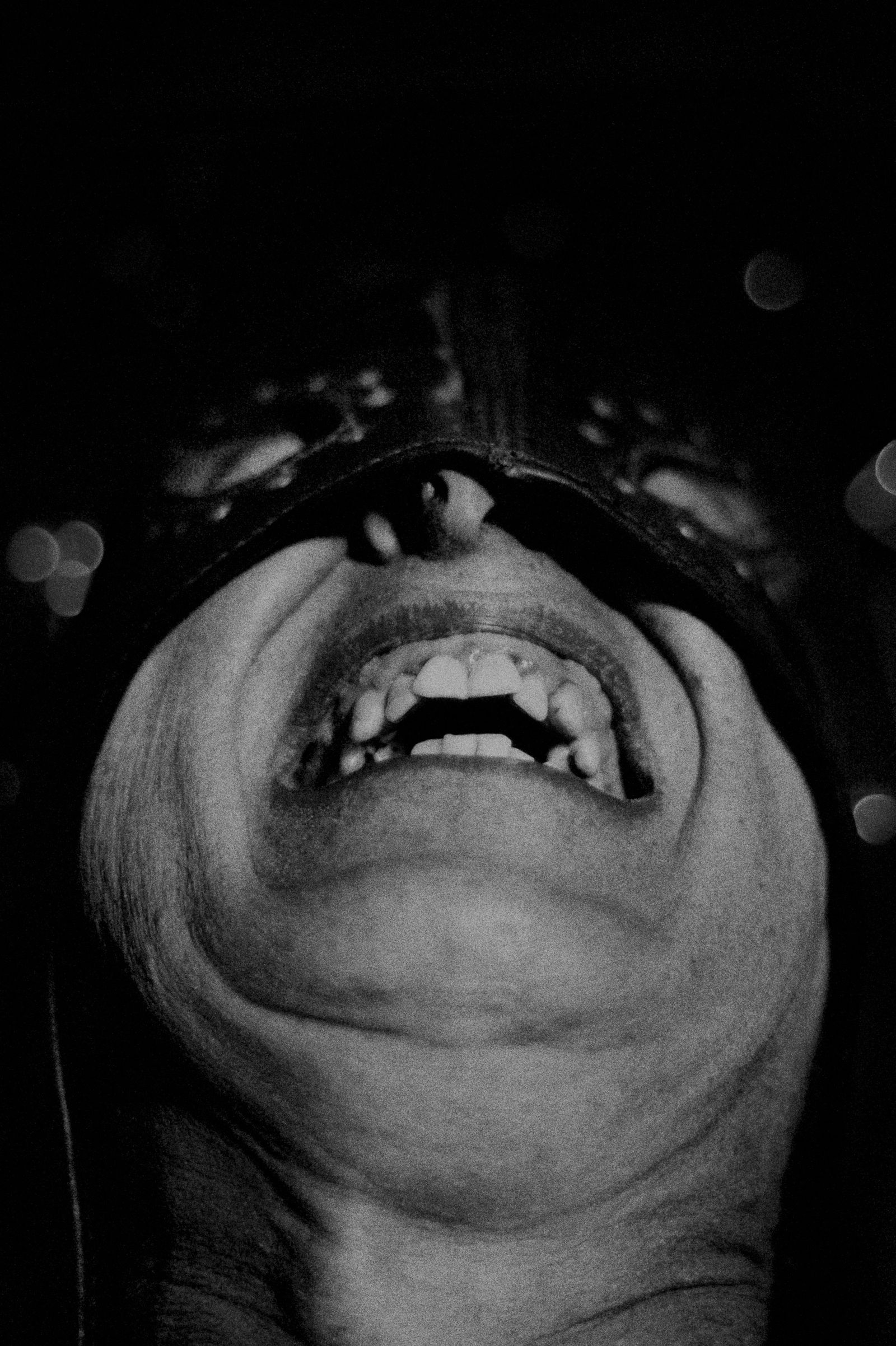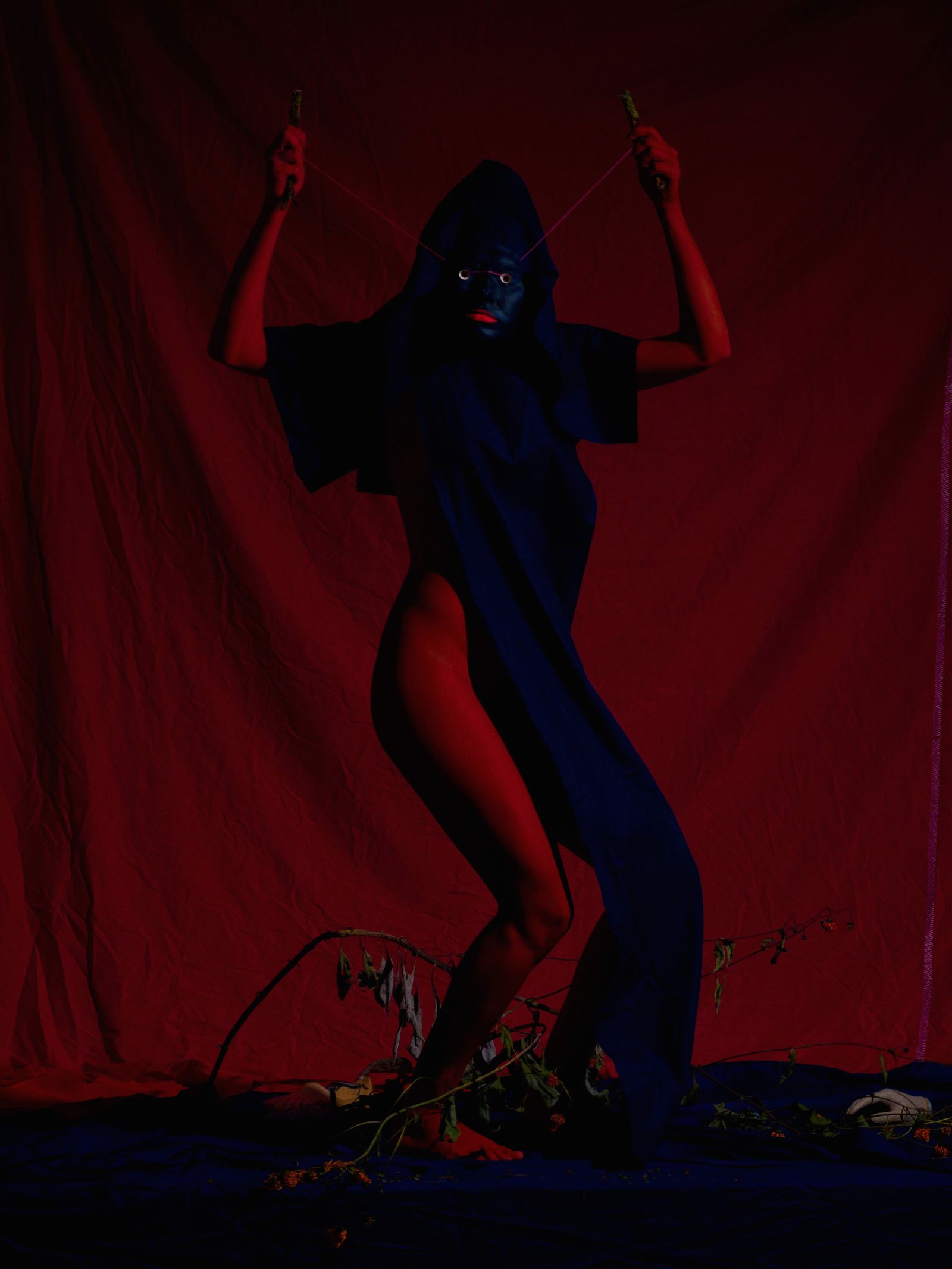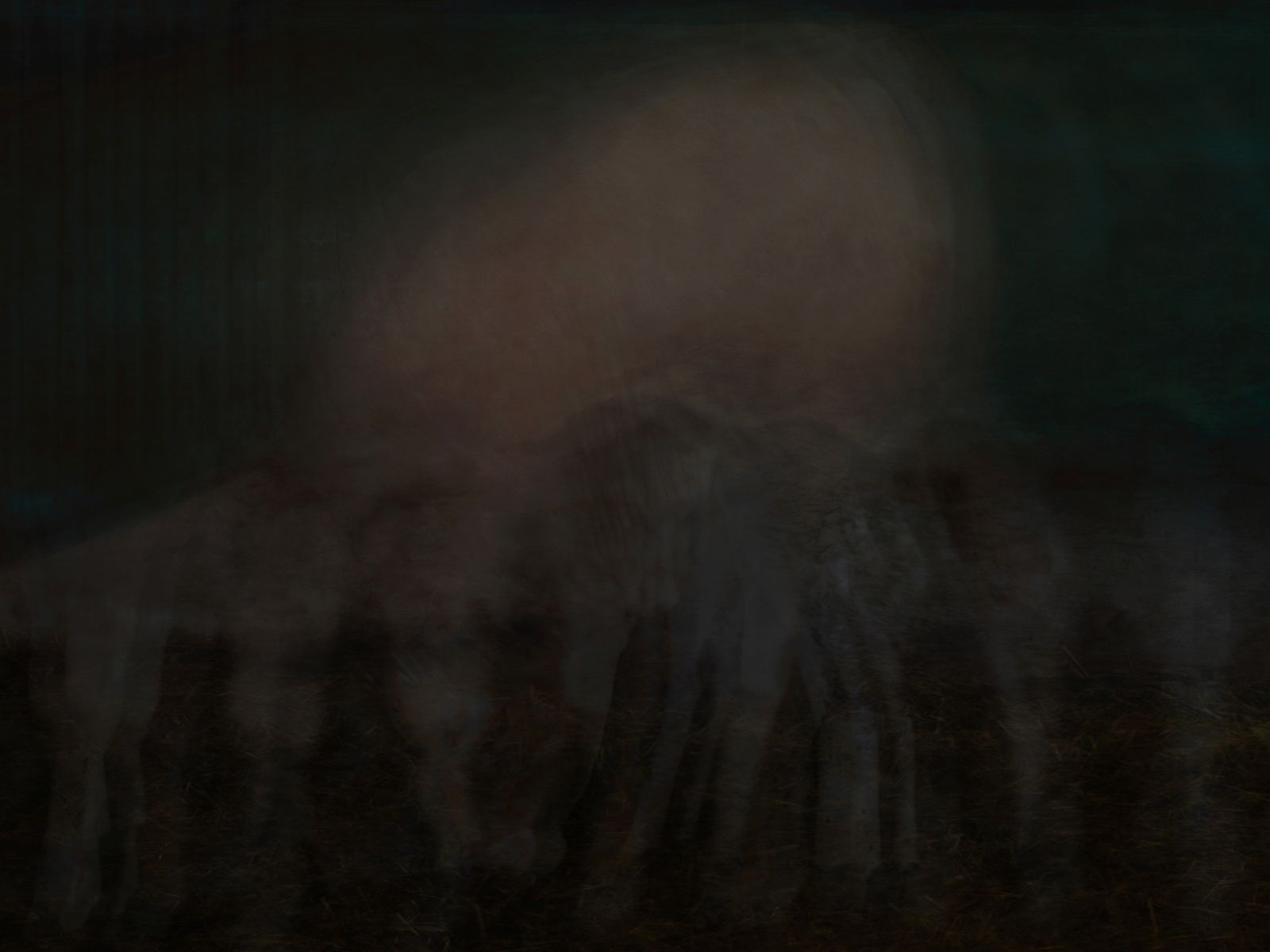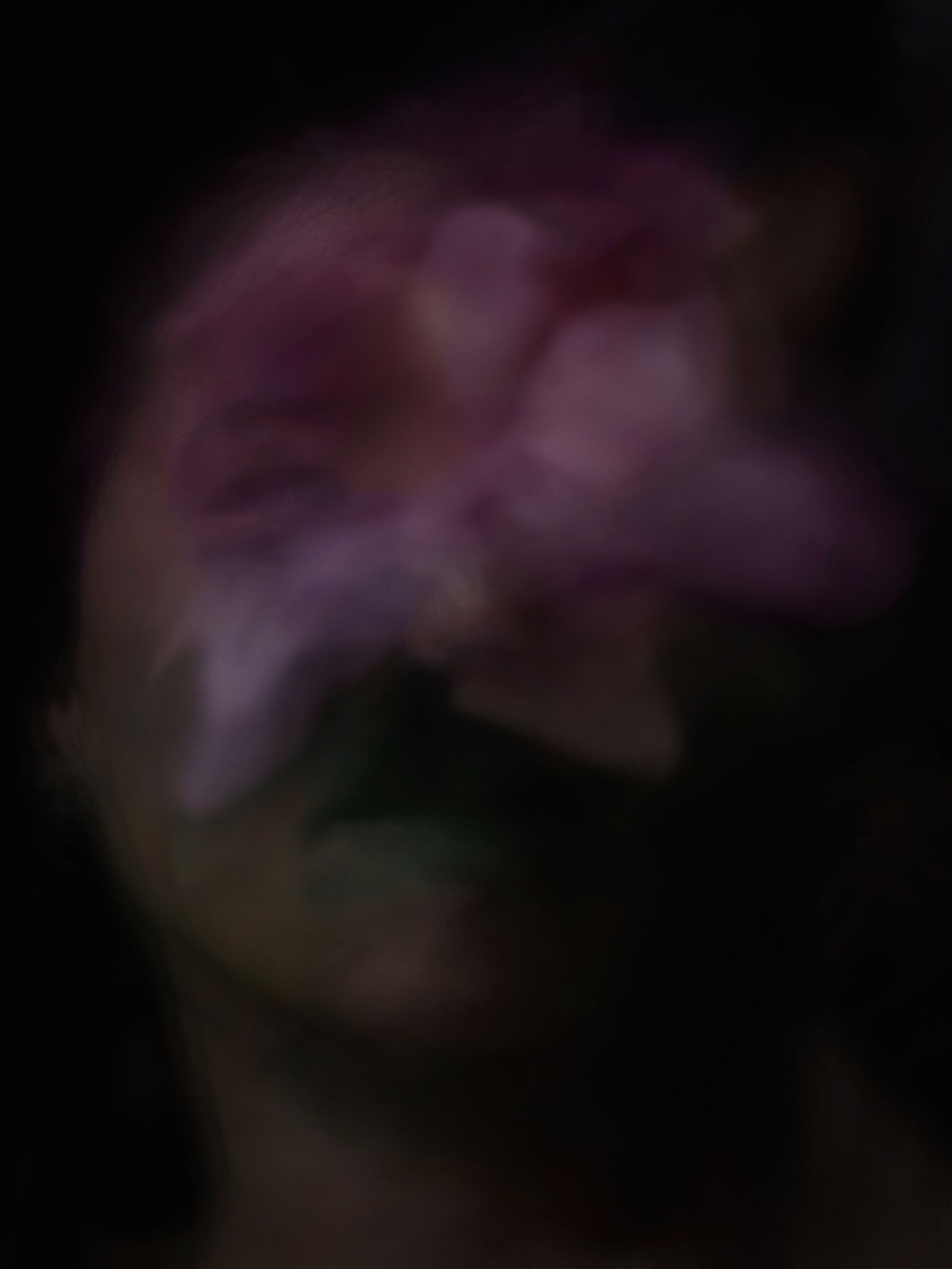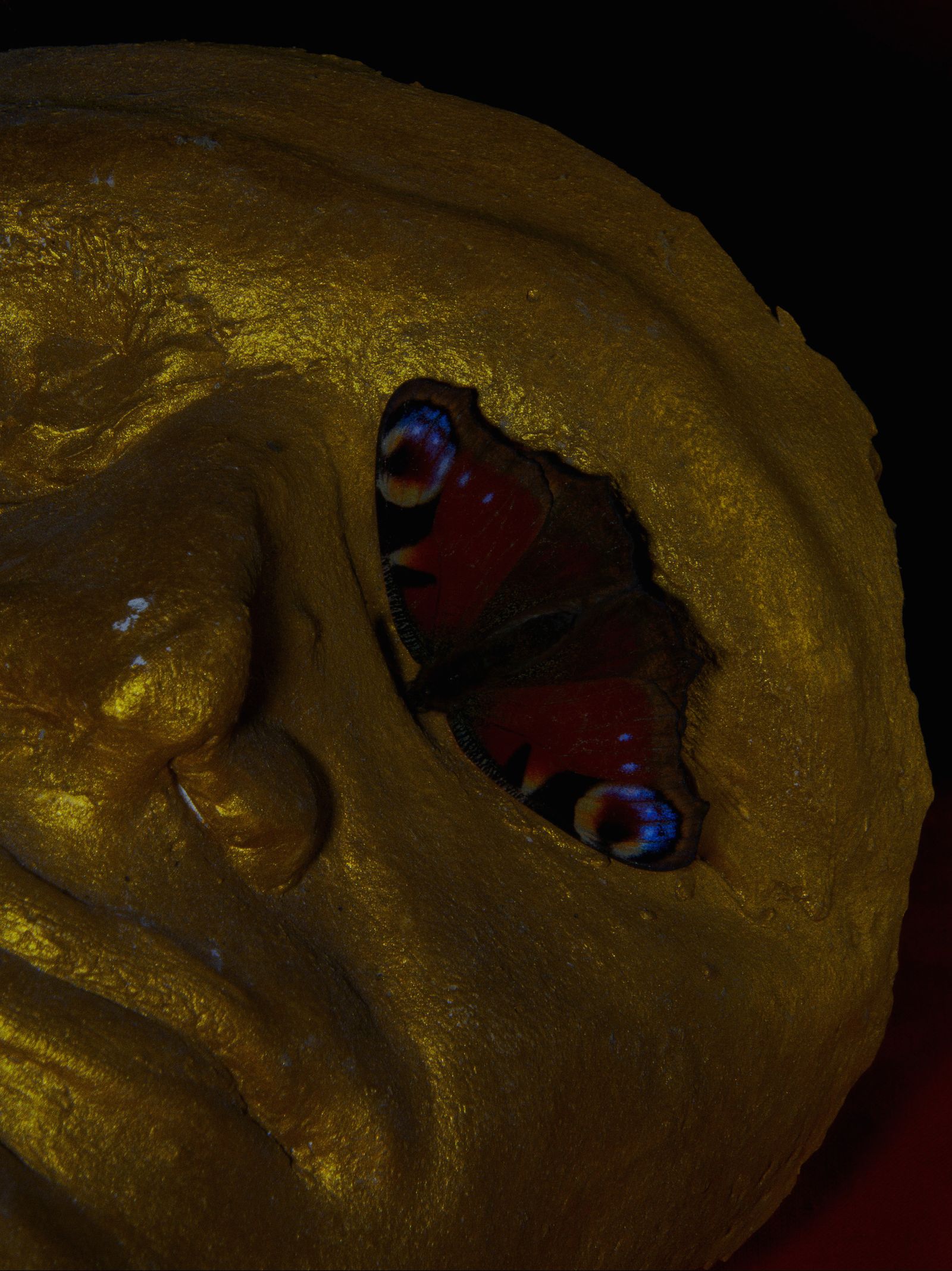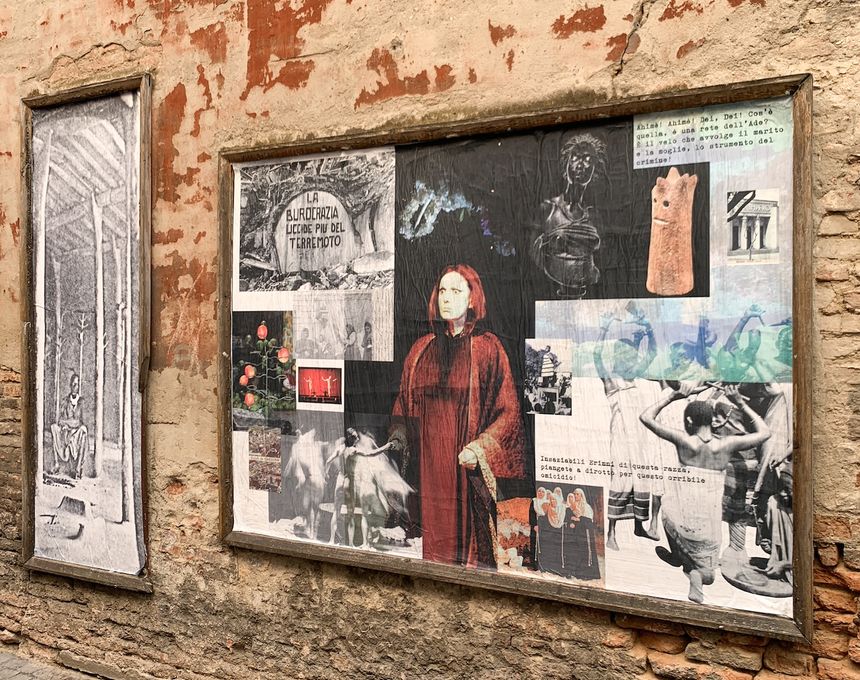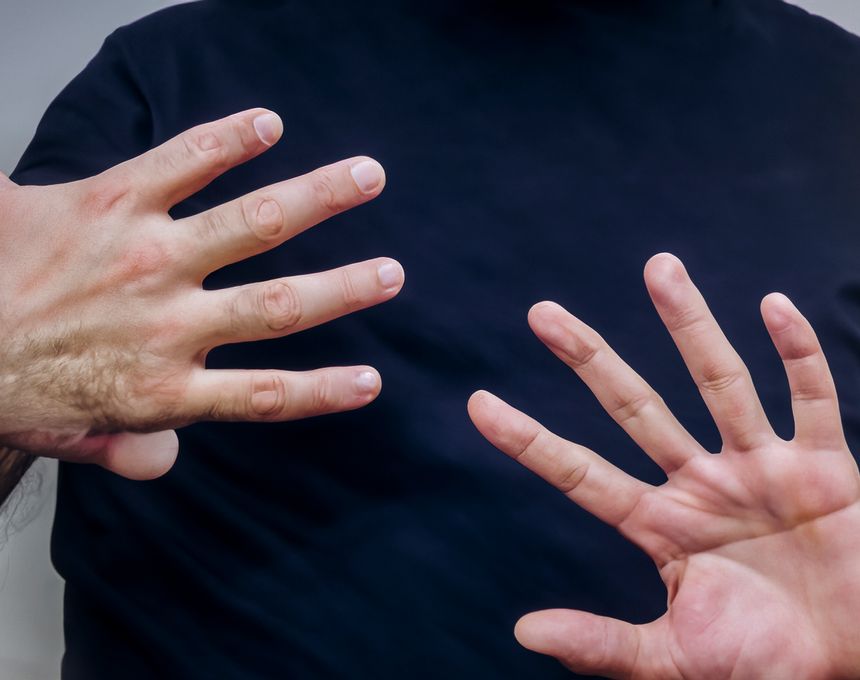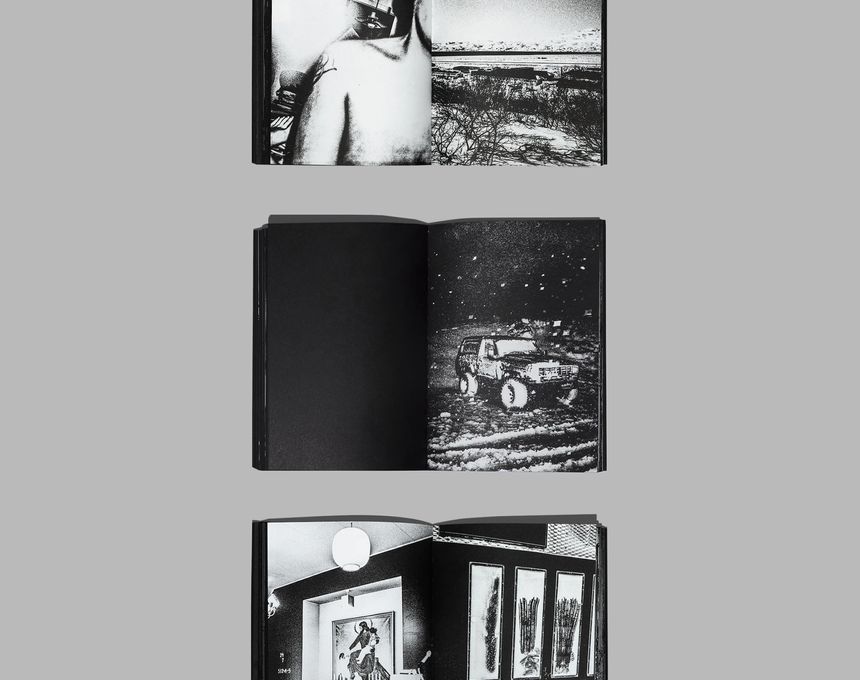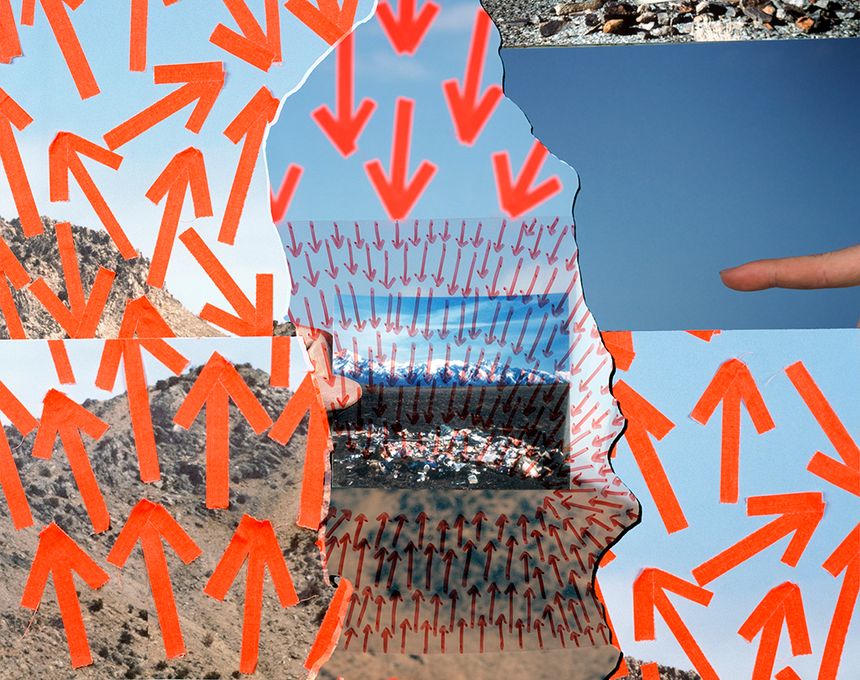The Error's Possibilities: Luca Santese's Exhibition Mutter Opens In Berlin
-
Published8 Jun 2023
-
Author
The Italian documentary photographer, founder and active member of the Cesura collective, inaugurates on Friday 9 June, his solo exhibition in Jergon, an art hub in Berlin.
His first fifteen years of photographic practice unfold in three spaces: Mutter is a summary of his work until now, as much as a statement on what is next to come - a path that is not afraid of depths, and of being led by error.
“To put the foundations of representation up for debate. To let go of a whole stack of assumptions”.
Looking back at the first fifteen years of his career as a documentary photographer, Luca Santese is scrutinizing the way he has been looking at reality so far, and the way he intends to do it from now on. His profound, at times troubled analysis finds shape in his first solo exhibition in Jergon, Berlin, opening tomorrow, Friday 9 June. Founded by curator Nicola Patrullo, who has been collaborating with Santese since the very beginnings of their careers, the art hub Jergon “has an ambitious agenda”, Santese says: “that of taking culture of a certain leverage to a higher degree of visibility and exchange. As gigantic as this aim can be, the existence of its space is small, concrete, and rooted in Kreuzberg, an expanding neighborhood though still maintaining its identity”.
As we enter and traverse the space of Santese’s first solo exhibition Mutter, the path moves chronologically while also unveiling, slowly, a truth: from light, we move towards darkness. Things get more profound. As they deepen, they become more obscure. In the end, we find a center: a female figure, “which made everything around her move” - Santese says. “She is an in-between, sliding from the world here and the world there, between an inner and an outer world”. She is a mother in the sense Goethe gave to the term, Santese explains: “Mothers are archetypal figures. Everybody fears them. In Ancient Greece tradition, when heroes get closer to them, they cover their eyes”.
As spiritual and visceral as it might sound, the journey of Santese touches base with one of the most vibrating and honest concerns documentary photography can express: that if its relationship with the objects it represents. “As in everything else”, Santese says, “there are two poles. These are subject and object, language and representation. During these fifteen years, and not without struggle they have found, for me, a shape. The error is its central matrix”.
Let’s take a step back. Santese’s career started out with Found Photos in Detroit: as Arianna Arcara and him selected and sequenced a series of abandoned images found in the streets of the American city during the 2008 crisis, destroyed by time and weather agents, a political story of the city unraveled. “The city was destroyed by the capitalist system’s collapse, which transformed it just as much as it transformed the physical matter of those photographs”, Santese says. “In a context that was purely documentative, as many of those photographs were of scientifical, forensic origin, chemical and meteorological transformations generated a pictorial, expressive outcome. The two poles are so distant that they give one another strength”.
In the same room we find Sado, a series exploring the limits of the body and of its expression within society through the analysis of its shapes and contortions. In the third work of the exhibition, Festa, something changes: “If before the camera was oriented towards the outside, looking at the world and the objects around it, Festa’s attempt is to look inwards. It shows a staged world, aiming to represent what is outside of representation, outside of our perceptual habits. It’s the cyclical time of the myth, of rituals. It’s a search for a sacral dimension”.
The last photographs in the show are, again, of reality - we see a white bull, we see images from the everyday. Though, Santese says, “They are transfigured by a language that is drawn to error. I technically search for mistakes, and there where I start to see a possibility for those errors to say something of the content I’m after, I try to shape language out of it. I have been following this path for a long time: now, I see a small glimmer, and I’m trying to get closer”.
As I ask him if he thinks that it is maybe the error, this summa of its fifteen years of experience, he says it’s not - it’s more of the final point he reached, from which he’s going to start again now. “Though, in retrospective” - he adds - “it was a common thread. I am convinced that often, the style of a photographer is reduced to reiteration. I believe more firmly in the other road: moving constantly, incessant experimentation”. Leading where?
The answers seem to be the continuous, ever unsolved balance between inside and outside, documentation and expression. “If photography limits itself to being a tool for registering the world, its greatest potentiality gets amputated - its expressive potential. There is expressive potential in documentary photography, with no doubt: though, when it often falls into a shortcoming - believing that what you are showing exists in the terms you are showing it to be. As you abandon this sort of belief, and realize representation is something completely other, infinite horizons start opening up.
All photos © Luca Santese
MÜTTER - The Kingdom of Forms
Photographs by Luca SanteseCurated by Nicola Patruno
Vernissage June 9, 2023 - 6pmJune 9 - July 2, 2023
JERGON Wrangelstr. 76 - 10997 Berlin, Germanyjergon.studio
--------------
Luca Santese (b.1985) is an Italian artist. In 2008 he launched and became a member of Cesura group. In 2009 he won Photolucida Critical Mass International new talent photographers Award, in 2010 he was selected by the World Press Photo prize with the project “Detroit 2009-2010” and in the same year he exposed for the first time the project “Found Photos in Detroit” at Le Bal Space of Paris. Published in 2012, Found Photos in Detroit collected seven nominations and gained international recognition. His work has been published in numerous international magazines and His projects have been exhibited in Europe, Asia and United States.
Camilla Marrese (b.1998) is a photographer and designer based between Italy and The Netherlands, about to graduate from Design Academy Eindhoven's MA in Information Design (NL). Her work, often realized in a duo with Gabriele Chiapparini, was exhibited in several festivals and galleries including Fotografia Europea, Kranj Photo Fest, and PhMuseum Lab.
